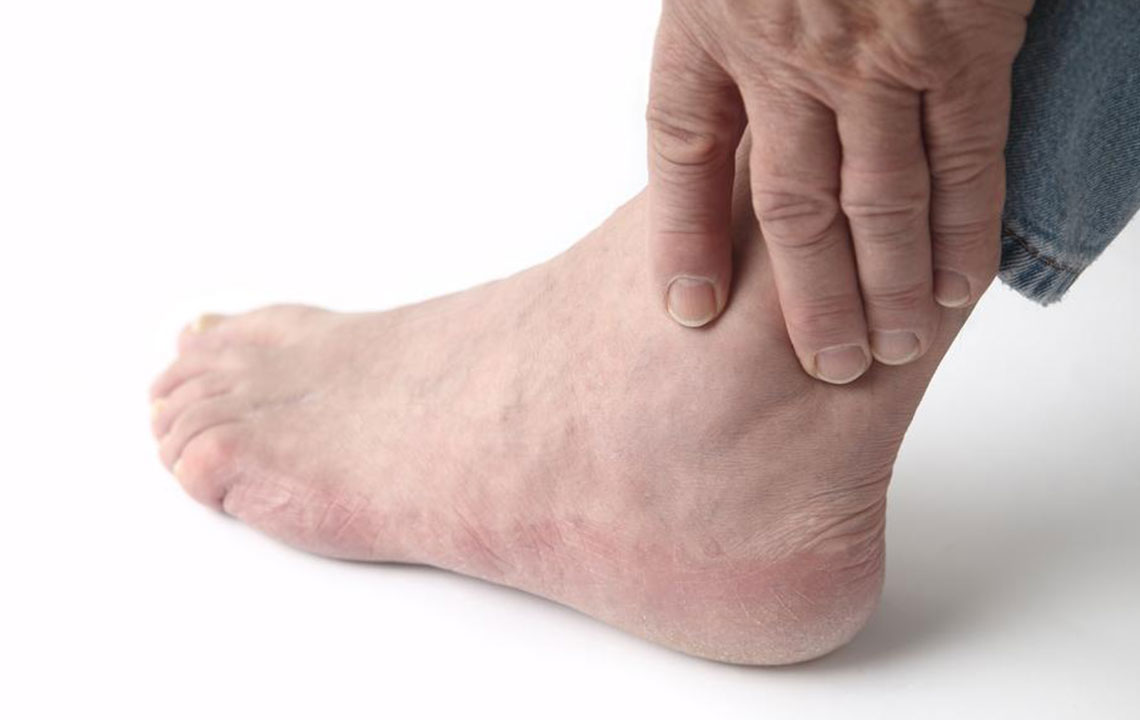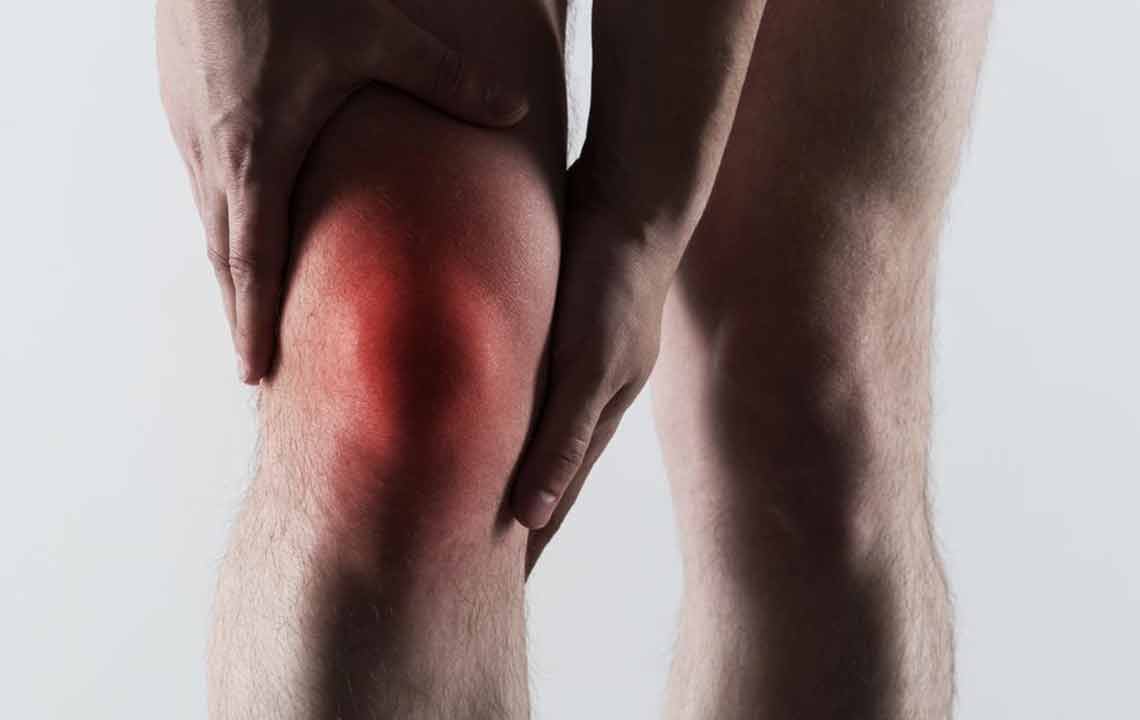Understanding Gout Foot Pain: Causes and Treatment Strategies
Gout foot pain is a common condition caused by uric acid crystal buildup, leading to sudden flare-ups and discomfort mainly in the toes. Treatment involves medications to reduce symptoms and uric acid levels, with diagnosis through joint analysis and blood tests. Awareness of risk factors like diet, genetics, and lifestyle can help manage and prevent attacks effectively. Seek medical advice for persistent symptoms to ensure proper care and avoid complications.

Understanding Gout Foot Pain: Causes and Treatment Strategies
Gout-related foot discomfort is a prevalent condition affecting many individuals across the United States. This condition occurs when uric acid crystals accumulate within joint spaces, leading to intense pain. When the body cannot effectively process uric acid, it can result in not only gout pain but also kidney stones and renal dysfunction. Dietary habits influence uric acid production, as certain foods promote crystal formation.
Common symptoms of gout foot pain include sudden flare-ups, often accompanied by burning or itching sensations. Experienced sufferers recognize these signs early, although attacks can sometimes strike unexpectedly, affecting areas such as the big toe or other joints in the foot.
The severity of gout episodes varies; some last only hours, while others persist for weeks. Treatment options depend on individual case severity. The incidence of gout has increased over the past decades, with approximately 4% of Americans affected. It is more common in men and typically worsens with age. Elevated blood uric acid levels, family history, excessive alcohol intake, obesity, and hypertension elevate risk. Hypothyroidism may also be linked. Diagnosis often involves joint aspiration to identify uric acid crystals and blood tests to measure uric acid levels.
Medication plays a key role in managing gout foot pain. Doctors may recommend over-the-counter drugs like ibuprofen or prescription medications such as colchicine, febuxostat, or probenecid. These treatments aim to reduce pain, inflammation, and uric acid levels, preventing future attacks. Emergency consultation is advised if symptoms worsen, persist beyond a week, or if high fever occurs. Regular medical follow-up helps customize treatment plans and adjust medications as needed. Prompt diagnosis and management are vital for effective relief and preventing long-term joint damage.
Note:
This article provides an overview of gout foot pain, including causes, symptoms, and treatment options. While informative, it should not replace professional medical advice. For persistent or severe symptoms, consult a healthcare provider for accurate diagnosis and tailored treatment. Our content aims to inform and assist, but individual cases may vary.










